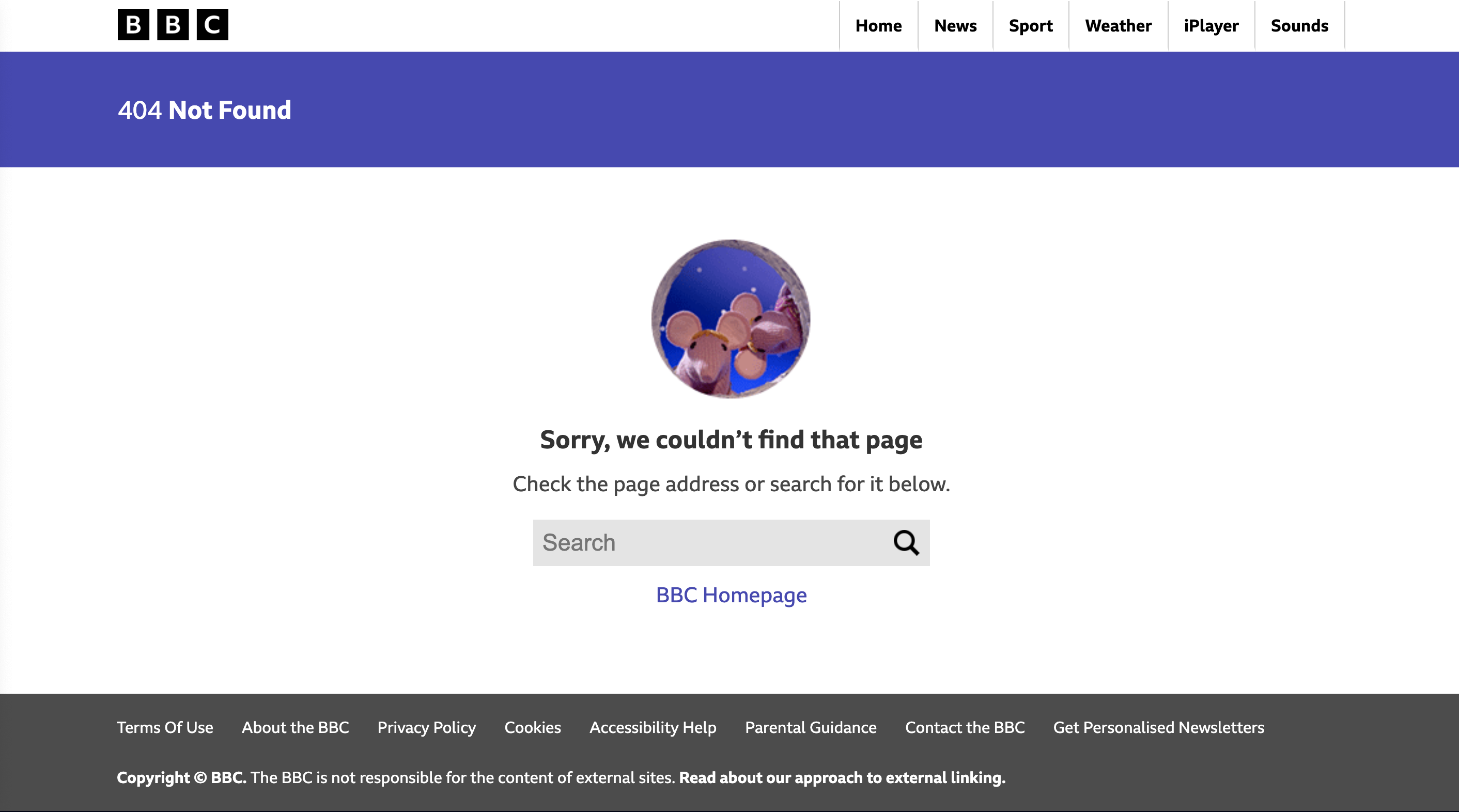HTTP Response codes
HTTP Response Codes
If you are a beginner to web monitoring, you might be unfamiliar with HTTP responses, but it is almost certain you have encountered them on the internet before.
HTTP response codes, also known as HTTP status codes, are three-digit numbers that indicate the outcome of an HTTP request made by a client (usually a web browser or an application) to a server. These codes provide information about whether the request was successful, encountered an error, or requires further action.
Here are some common HTTP response codes explained for beginners:
- 200 OK: The request was successful, and the server is returning the requested data. Your site is up.
- 302 Found: The requested resource is temporarily located at a different URL and you are redirected there.
- 404 Not Found: The requested resource could not be found on the server. You have probably seen this one before when you type in the wrong URL for a site!
- 502 Bad Gateway: The servers are having trouble talking to each other, and you can’t access the webpage you want.

A 404 (Not Found) page. You will usually see this after entering the wrong URL for a site. See this example from the bbc.co.uk site.
There is a huge list of weird and wonderful status codes, so don’t worry about learning them all now. However, having a basic understanding can help you understand your website’s uptime data.
The Uptime Monitor for websites works by checking the HTTP response code of your site. You can check for whichever status code you want. For a standard user, this will usually be 200. You may also see 301 or 302 if your site is redirected. Any of these codes should signal your page is up and running. If you suddenly see your site change to a 404, then this suggests your site is down.
Further Reading